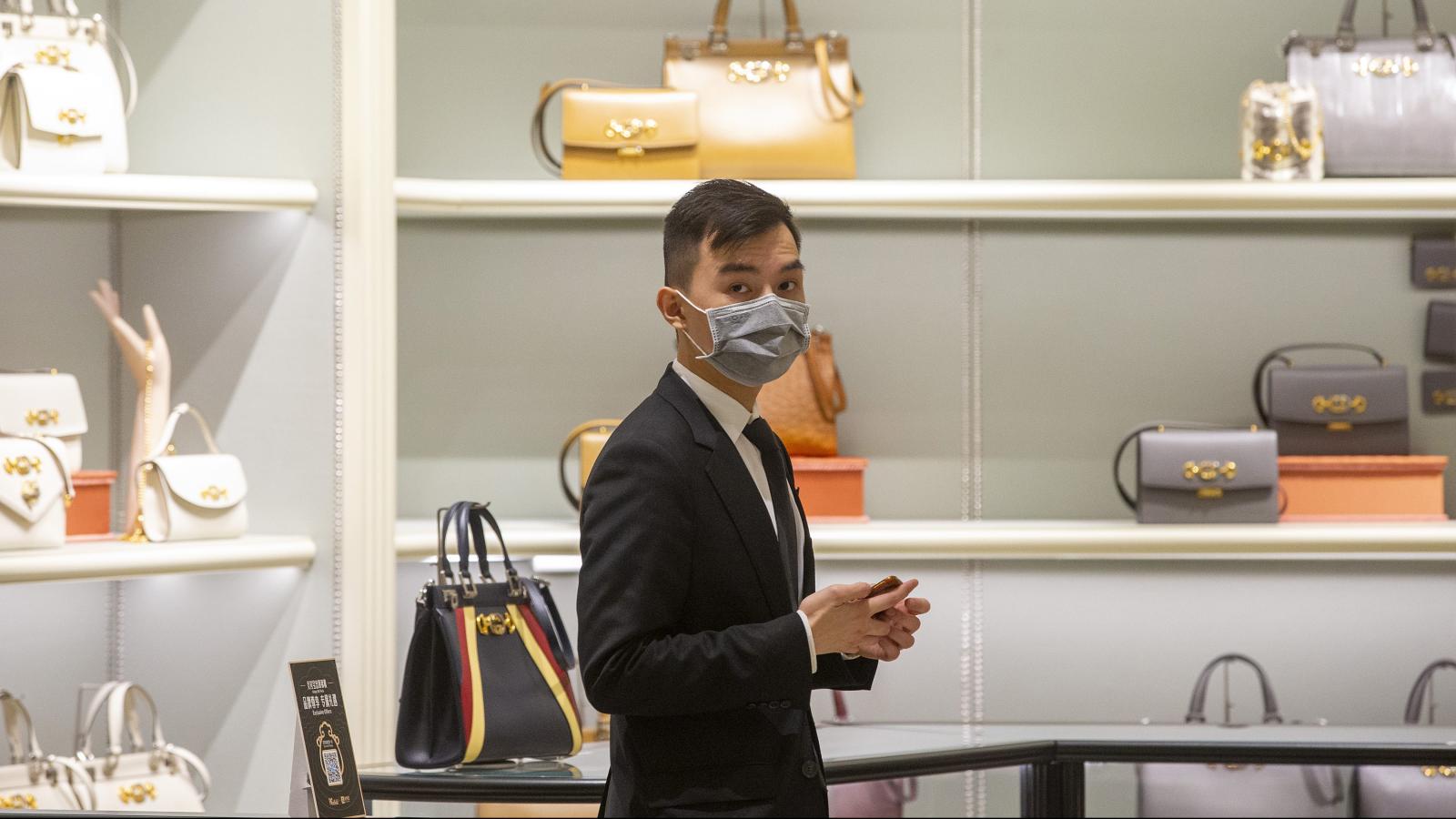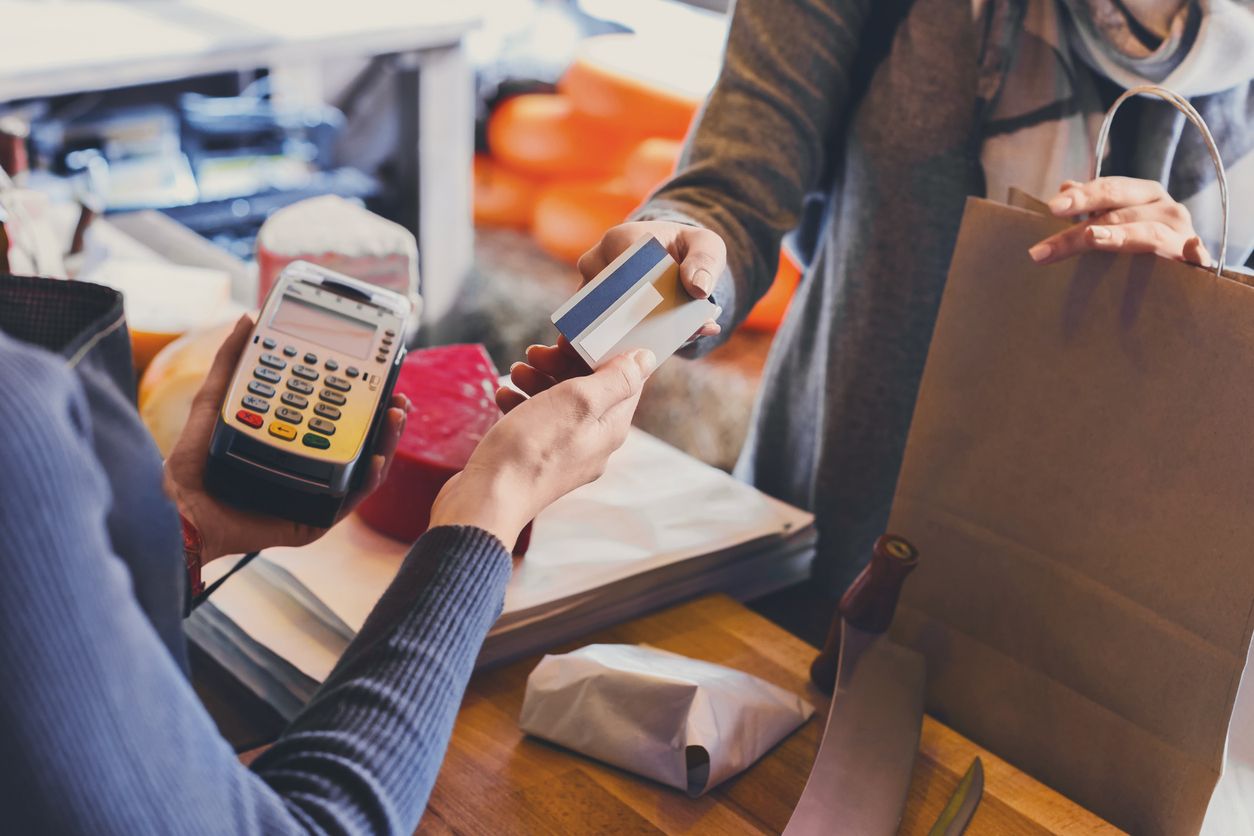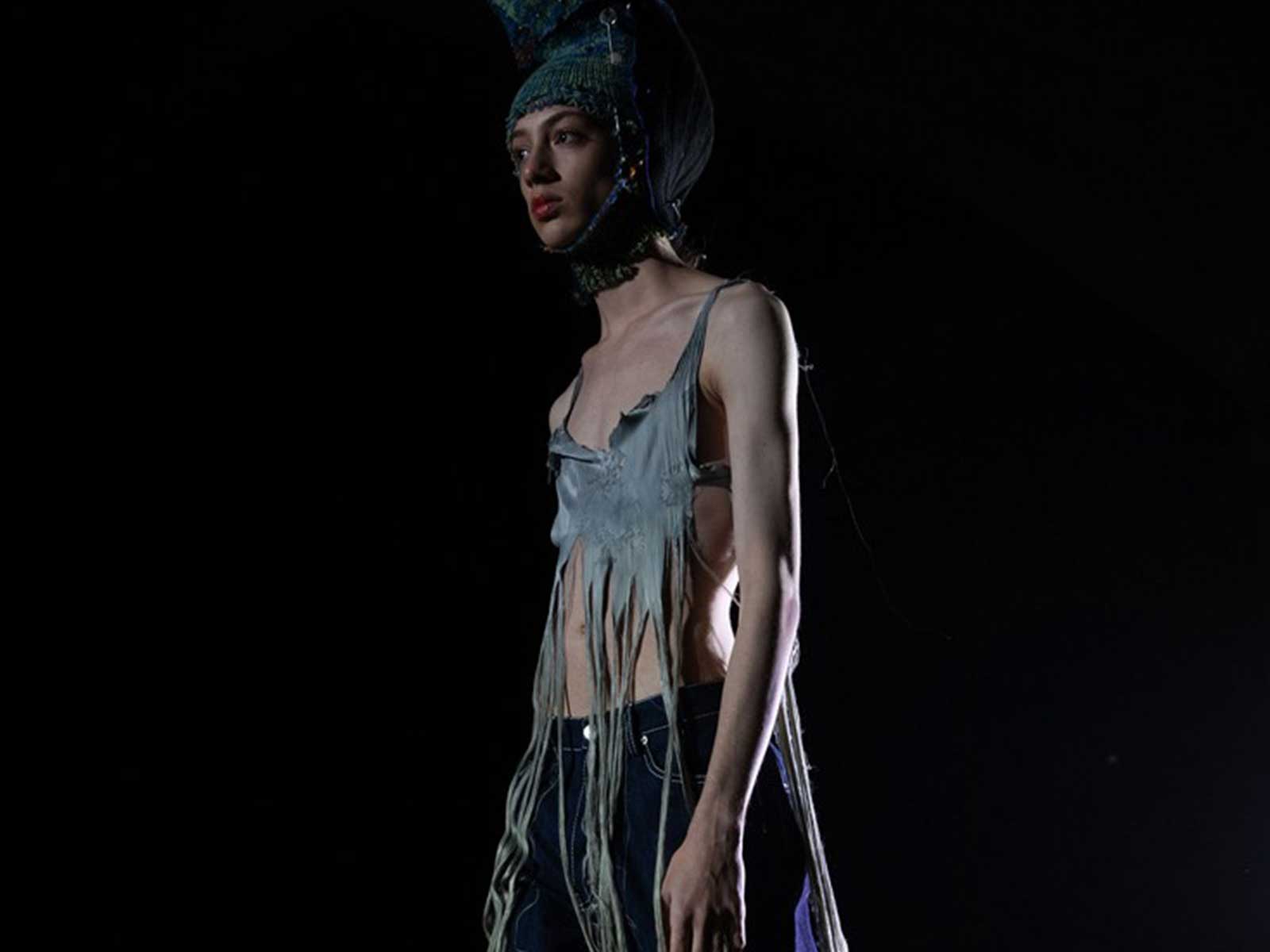On 11th May, phase 1 of the de-escalation of the quarantine in Spain will begin, in which shops will be able to open their doors again after two long months. With the fashion industry severely affected and an economic recession on the way, the Highxtar team reflects on the future of retail.

The global slowdown has unfortunately or fortunately, depending on how you look at it, brought to light the incongruities of the capitalist system in general, and the fast fashion and calendar of the fashion industry in particular. The debate around the impact of the quarantine and questioning of the fashion system has been a constant during these weeks. Designers, editors, journalists and all kinds of professionals in the sector have tried to shed light and create synergies to make this as less traumatic as possible.
They all conclude that in this new post-covid19 scenario, important socio-political changes are going to be accompanied by a new mentality and consumer habits. The economic recession we are facing will see a dramatic increase in unemployment, and many businesses will not be able to cope, if they manage to overcome the quarantine, with the decrease in purchasing power. Since fashion is also a non-essential economic activity, we are going to see our fashion and beauty budgets considerably reduced. The consultant Brooke Roberts-Islam comments for Forbes that only children’s and maternity fashion will be safe from this obligatory austerity in shopping.
If everything goes as planned, the “new normality” will start at the end of June, although experts believe that the social distancing could last between 12 and 18 months. Retail will take time to recover, and when it does, everything points that to a quite different landscape.
But not everything looks so black. Without falling into the easy cliché, crises are also opportunities to question and reinvent oneself. Difficult times are accompanied by innovation, and there has also been much debate and emphasis on the importance of sustainability and the digitalisation of brands. Redefining business models by building a more sustainable future and integrating digital solutions throughout the creation and supply chain will be imperative for brands to survive. Businesses that are up to date in this area will be strengthened; those that are not, will leave a void that in the long run will also be an opportunity for those that do manage to survive.
While it is true that these issues have been discussed for years, the state of quarantine has accentuated them, emphasizing the need to create relevant projects involved in social causes, and that not only say it, but demonstrate it. Whether it is creating specific content or donating health material or economic contributions, there are few brands that have not adapted their message so that, even if sales drop, the dialogue is maintained. And many brands have also been working hard on digitization. In the first weeks of the quarantine, online commerce increased by 50%, for obvious reasons, but once they are used to buying online, will it be easy to attract customers to physical stores again? What will it be like to go shopping?
– Masks, gloves, capacity controls, signs, marked routes for driving traffic and maintaining safety distances, plexiglas screens at checkout counters… The protocols to ensure safety measures will allow many shops to open in a few weeks, although we fear that this will be a somewhat post-apocalyptic shopping experience and not too attractive in the larger and busier stores. The greater convenience that small shops will offer is another reason to remember that it is essential to promote local consumption, and not only in fashion.
– In the first stages, customers can also be received by appointment. We will see this more in some sectors than in others, such as luxury or bridal versus fast fashion. This measure is especially relevant for bridal, one of the sectors most affected by the quarantine, having fully impacted on the weddings, baptisms & communions season and on the presentation of the 2021 collections.
– Dealing with fitting rooms is going to be another odyssey. The procedures for disinfecting all the items we try on will allow to stores be more than warehouses again (because, if you are not going to try it on, why not buy on-line?). Perhaps we see a proliferation of virtual and augmented reality fitting rooms, also extendable to on-line stores. For the beauty sector will be more difficult, since the use of testers has been banned for the time being.
– We had already timidly seen contactless sales services appear with self-collecting counters. Any model that avoids contact between people is destined to grow exponentially.
– The same would be true of store-picked items. We may see an increase in this model, as it prevents us from walking around the store and reduces contact to a minimum.
– The capacity of the shopping centres will be specially controlled, following a slower de-climbing rhythm than the rest of the shops. We will have to wait and see how social distancing and new consumer habits affect this model, which has been in decline for years.
– As for the economic recession, we may see an increase in a trend that was already slowly but steadily growing. From clothes, accessories, and all kinds of products, vehicles, etc., the lower purchasing power may make us opt for renting rather than buying on more occasions.
– Also linked to the economic recession, many brands may be forced to close their physical stores, but evolve to the model of pop up stores. With the increase in on-line sales, permanent stores will no longer be necessary and itinerant and temporary stores will be more attractive and profitable.
– As we mentioned before, difficult situations are accompanied by innovation. We have attended a music festival at Live Instagram, a concert in Fortnite, we will attend the MET Gala and the London Fashion Week virtually… Will we see new proposals and ways to monetize fashion and retail? The Spanish musician El Petit de Cal Eril raised this issue following the Cuarentena Fest: why should concerts be free? If we have already got used to paying for films and series, when just a few years ago it was completely unthinkable, why not charge for the shows as well? London Fashion Week has been charging non-professionals £35 and up for its shows for years. What new ways of making and selling fashion are in store for us in the post-COVID-19 era?
Sigue toda la información de HIGHXTAR desde Facebook, Twitter o Instagram








